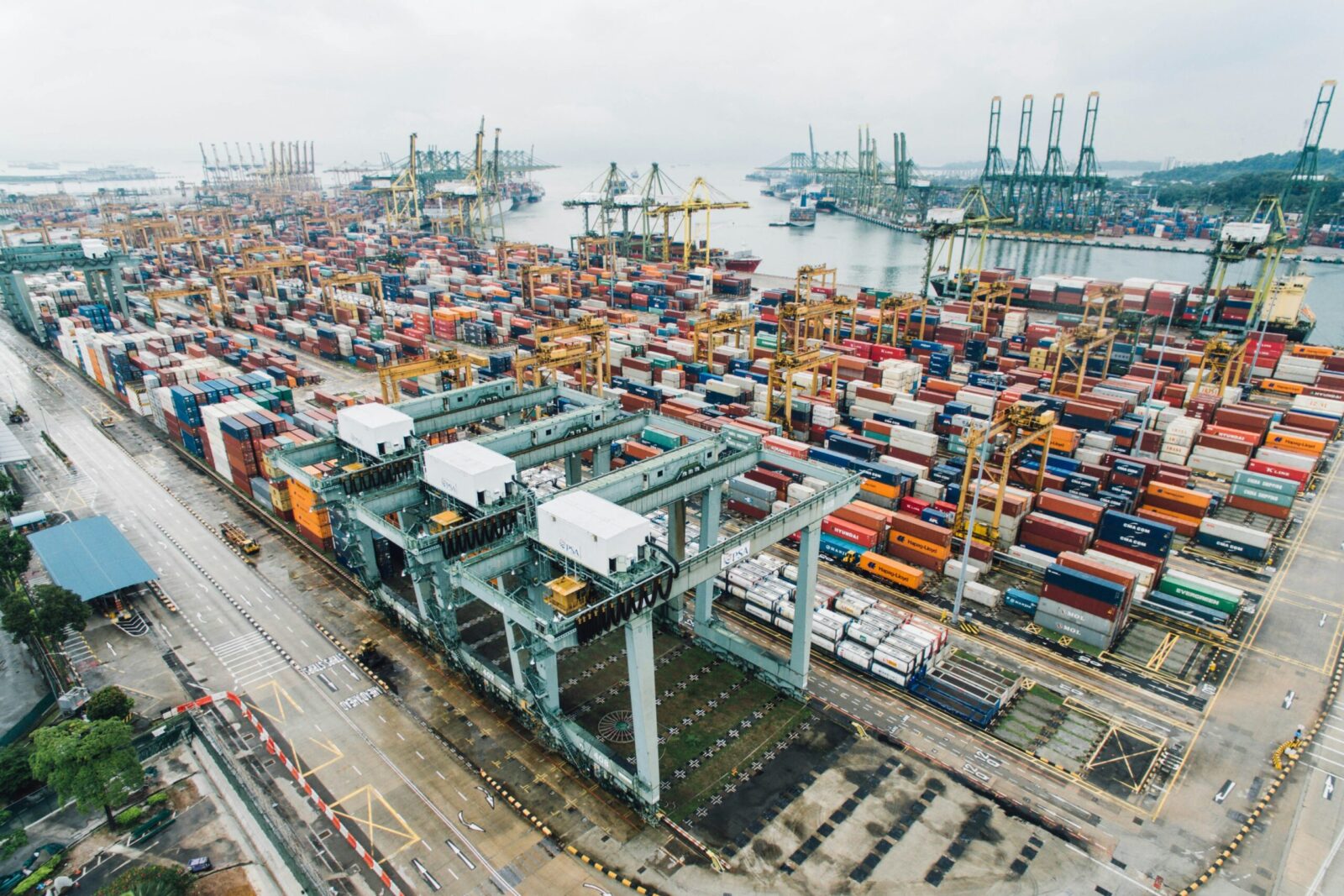
How to Optimize Supply Chain Management?
Introduction Today’s complex and turbulent business environment requires effective supply chain risk management. As global supply networks become more intertwined,...

Get 20€ off on your first order!
Effective supply chain risk management is crucial in today’s complex and volatile business environment. As global supply chains become increasingly interconnected, the potential for disruptions grows, making it essential for companies to proactively address and mitigate risks. This guide explores seven key strategies to enhance supply chain risk management, focusing on advanced planning, technological investments, risk awareness, and financial stability. By implementing these strategies, businesses can safeguard their operations, ensure continuity, and maintain a competitive edge amidst uncertainty.
Effective supply chain risk management prevents and corrects. Supply chain risk management and business contingency planning work together to ensure your company’s operations and production services and processes. Intelligent, adaptable, and proactive strategies to predict and avoid supply chain disruptions and clear, concrete procedures to rapidly and successfully restore normalcy are the focus of such planning.
A thorough risk assessment is the most crucial duty. Identifying all internal and external risks that may cause supply chain or operational failures allows you to define protocols and contingencies to mitigate and eliminate them. Your company contingency plan should include several plans prioritised by risk severity and likelihood.
In the digital age, supply chain risk management requires AI and sophisticated analytics and human creativity. For optimal supply chain risk management, you’ll need a centralised, cloud-based data management solution with robotic process automation and machine-learning-based analytics.
A complete procurement system including supply chain, inventory, and supplier relationship management modules may help your procurement team collect, manage, and analyse expenditure and supplier data digitally.
Also examine these excellent practices:
Supply chain risk reduction isn’t just for supply chain managers and senior management. Everyone working together and with the right capabilities makes supply chain risk identification and management easier.
Purchase risk awareness and management training for your entire team to educate them on risk management best practices and their role in them, including supply chain risks, including those most likely to affect your organisation, cybersecurity risks, and Internet best practices to reduce risk.
Enterprise risk management (ERM) should be used in strategic sourcing and supplier selection to prevent supplier community consolidation. Strategic sourcing works best with a well-balanced supplier portfolio that fits one of two requirements. Examples include the provider’s various plants or data centre redundancy. The supplier can create or deliver goods or services in several places. Another option is to split the provider relationship into primary and secondary contracts. This provides supply chain continuity if one production location fails.
Manufacturing companies can learn about third-party procedures through rigorous due diligence. A fair evaluation may reduce hazards from understanding if suppliers have a solid track record of satisfying contractual commitments to existing conflicts of interest in present business connections to preserve your company’s high standards. Manufacturers must ensure the supply network can fulfil current demands before adding new suppliers and partners.
Sales activities pose risks because they are a key component in a supplier-return cycle. The sales process may create additional production hazards. Manufacturing companies must comprehend sales responsibility to mitigate this risk. Safe and secure sales can boost income.
The danger of a supplier’s insolvency, market instability, or other reasons threatening their financial health is called supply chain financial risk. When monitoring financial stability, remember two key points:
Many companies do financial health checks during supplier selection. That’s a start but not enough. You risk a big surprise if you don’t carefully check your network’s vendors’ financial health from top to bottom.
Seeing a supplier’s insolvency in the news may be too late. Many early warning indicators indicate oncoming problems. You should know what they are and watch out for them.
Mastering supply chain risk management requires a comprehensive approach that combines strategic planning, technology, and ongoing vigilance. By investing in advanced technologies, raising risk awareness, optimizing supplier relationships, and monitoring financial stability, companies can better anticipate and mitigate potential disruptions. Understanding and applying these seven key strategies will not only help in managing current risks but also in building a resilient and agile supply chain capable of thriving in an unpredictable global market.
Thank you! You've signed up for our newsletter.



















Introduction Today’s complex and turbulent business environment requires effective supply chain risk management. As global supply networks become more intertwined,...

Lean logistics applies lean management to supply chain performance. Lean Logistics eliminates non-value-added procedures to improve commodity flow and cut...

Introduction Rapid technical breakthroughs and changing market conditions are shaping supply chain management. Businesses must adapt to these changes to...

Introduction Today’s complex and turbulent business environment requires effective supply chain risk management. As global supply networks become more intertwined,...

Lean logistics applies lean management to supply chain performance. Lean Logistics eliminates non-value-added procedures to improve commodity flow and cut...

Introduction Rapid technical breakthroughs and changing market conditions are shaping supply chain management. Businesses must adapt to these changes to...
Get 20€ off on your first order!
Save 30% by buying directly from brands, and get an extra 10€ off orders over €100
Save 30% by buying directly form brands, and get an extra 10€ off orders over €100